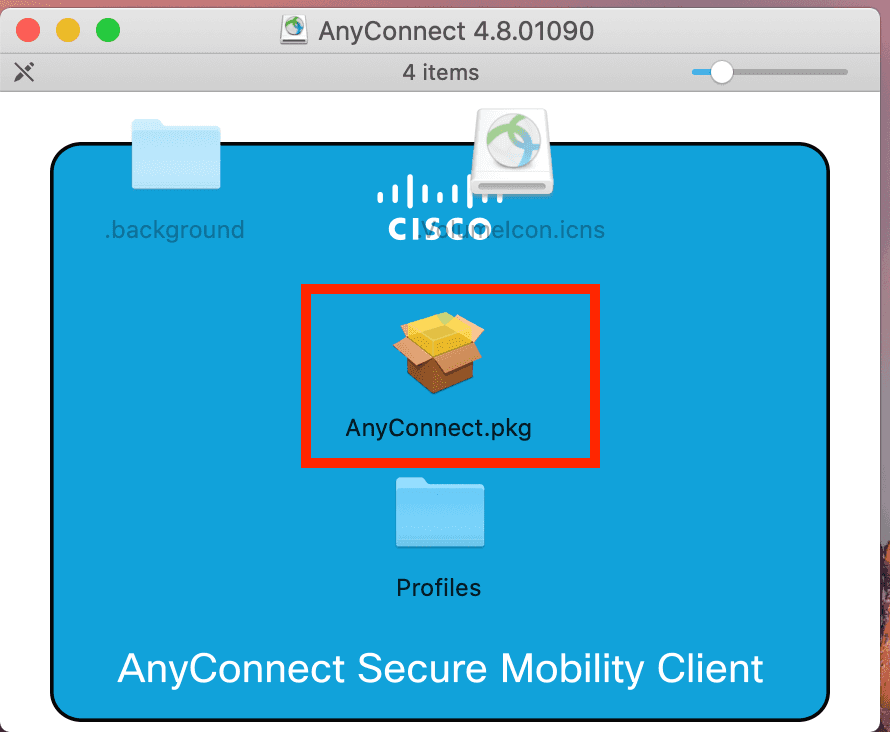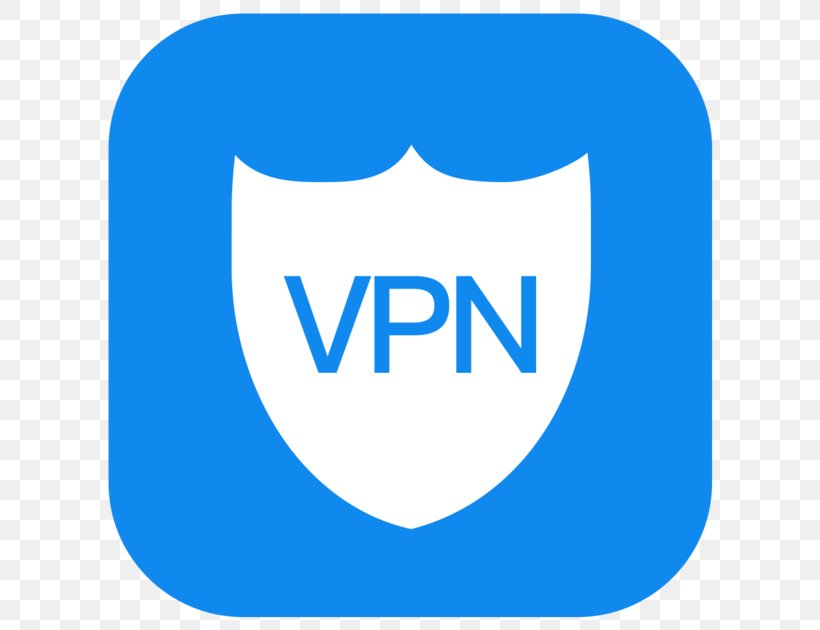Anyconnect Macos
The AnyConnect icon will be visible on your computer For Windows: Will be visible on your systems tray; For Mac: Will be visible on your Dock; Use this icon to control your connection; To disonnect from AnyConnect VPN session: Right Click on the icon in the systems tray or dock; Then click 'Disconnect'. Installation Cisco AnyConnect (Windows) Installation Cisco AnyConnect (Windows 8.1) Installation Cisco AnyConnect (Mac OS) Installation Cisco AnyConnect (iPhone) Installation Cisco AnyConnect (iPad) Installation Cisco AnyConnect (Android) How to install Web Proxy Certificate. Installation Certificate on. Microsoft Internet Explorer. Cisco AnyConnect 4.9 MR2 will be released between September 14, 2020,. Adds support for NetworkExtension for compatibility with macOS Big Sur. Some USC online services require access through on-campus USC Secure Wireless or a wired network connection. USC offers Virtual Private Networking (VPN) to provide secure remote access to these services when you are off-campus. Use AnyConnect VPN if you are away from the USC campus and are unable to connect to services. Additionally, you must.
Many people have discussed configuring the OS X built-in VPN client to connect to Cisco VPNs in place of the AnyConnect client. However, all discussion focuses on copying critical config information (shared secret or certificate, in particular) from a PCF or Profile.xml file included in a site-specific AnyConnect installer.

The AnyConnect installer where I am now (version 4.2.01035) seems not to deploy any profile information. /opt/cisco/anyconnect/profile contains only AnyConnectProfile.xsd (a standard schema definition, not anything specific to this configuration). There’s no sign of any profile XML or PCF files that I can find in /opt/cisco, /Library, or $HOME/Library.
This matches the UI experience: there don’t seem to be any preconfigured profiles. Instead, on first launch I just get a blank VPN field in which I simply enter a hostname by hand (in this case, ucbvpn.berkeley.edu) and hit connect. This gives a login prompt including a group selection dropdown, and username and password fields. Simply entering a username and password initiates the connection in the mode specified by the given “group,” and everything works fine.
I cannot, however, figure out how this configuration can be fully transferred to the OS X native VPN client. Transferring a chosen group name from the list seemingly auto-discovered by the AnyConnect client, but the OS X VPN configuration seems to also require explicitly entering either a shared secret or a certificate.
Anyconnect-macos-4.5.03040-predeploy-k9

Anyconnect Macos Dmg
My best guess is that the Cisco client is operating in a perhaps new mode where it can negotiate directly with the server to auto-discover any necessary configuration information, and that it’s not stored on disk anywhere. Does anyone have any experience with a setup like this, or have any suggestions of what else to try?
